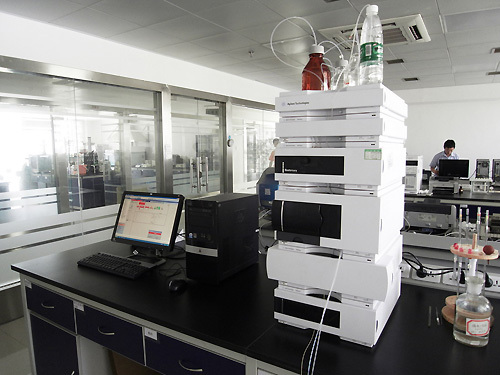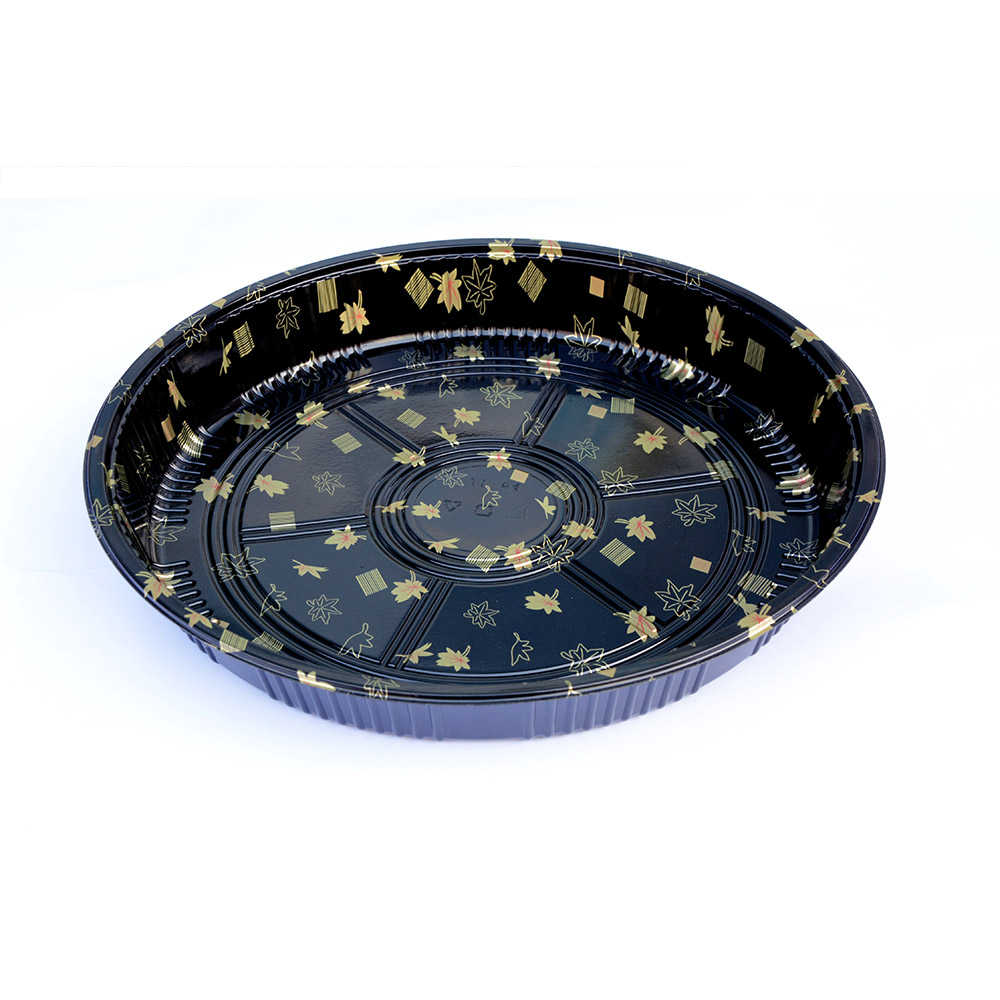
Application of Liquid Chromatography in Chinese Pharmacopoeia
Since 1953, the People's Republic of China has promulgated 9 editions of pharmacopoeia, and summarized, counted, and compared the content analysis methods contained in the previous editions of "Chinese Pharmacopoeia" to discover the important position of high-performance liquid chromatography in drug analysis .
1. After the founding of the People's Republic of China, the 1953 edition of China's first pharmacopoeia, the Chinese Pharmacopoeia, was formulated in 1953. The 1953 edition of the Pharmacopoeia contained a total of 531 drugs, including 215 chemical drugs. In the 1953 edition of the Pharmacopoeia. Drug quality control methods are mainly classic chemical analysis methods, and volume analysis is widely used due to its high accuracy, simple and fast operation, etc., accounting for nearly 70% of all contained content determination methods, and gravimetric analysis accounts for all revenues. More than 10% of the loading method. Since the instrumental analysis method was not mature at that time, no instrumental analysis method was included in the 1953 edition. However, a brief description of the ultraviolet analysis method in the appendix of this edition shows that the germination of instrumental analysis was gestated at that time.
2. The 1963 edition of the Pharmacopoeia contained a total of 1,310 drugs. Divided into one and two parts, the second part contains 667 kinds of chemical drugs. In the 1963 edition of the Pharmacopoeia, the volume analysis method still has the absolute advantage. Due to its short analysis speed and long analysis time, the gravimetric analysis method has a reduced loading rate (reduced by 8%). At that time, ultraviolet spectrophotometry was developing rapidly. This edition of the pharmacopoeia also fully embodies the characteristics of the development of analytical methods, and the ultraviolet analysis method appears for the first time in this edition of the pharmacopoeia. There are 38 varieties using ultraviolet spectrophotometry to control the quality of the drug.
3. The 1977 edition of the Pharmacopoeia contained a total of 1,925 drugs. Two of them contain 773 kinds of chemical drugs and biological products. Compared with the 1963 edition of the Pharmacopoeia, the proportion of chemical analysis methods in this edition of the Pharmacopoeia has decreased significantly. The decrease was 13.8%. Due to the simple method of ultraviolet spectrophotometry, the characteristics of convenient operation, fast and cheap instruments are quickly adopted. The growth rate reached 15.4%. At that time, it has greatly exceeded the number of adoptions of gravimetric analysis. It has become the second largest analysis method after volume analysis. In the appendix of this edition of the Pharmacopoeia, the quantitative methods and instruments of UV spectrophotometry are described in detail. With clear technical requirements, UV spectrophotometry tends to mature in the quality control of drugs. At the same time, the classic chromatography is introduced.
4. The 1985 edition of the Pharmacopoeia contained a total of 1,489 drugs. Two of them contained 776 drugs and biological products. The outstanding feature of this edition of the Pharmacopoeia is the first introduction of high performance liquid chromatography. And 8 varieties used high-performance liquid chromatography for quality control. At that time, the application of high-performance liquid chromatography in China was not mature enough and popularized. The majority of pharmaceutical analysis workers are still very new to this method, and high-performance liquid chromatography appeared for the first time in the pharmacopoeia. It is more objective, sensitive and accurate for drug analysis Carrying out the quality control of the drug does not lay the foundation. It also poses new challenges for drug analysis workers. At the same time, the chemical analysis method still showed a steady decline, accounting for about 60.4%, and the ultraviolet spectrophotometry showed a steady rise, accounting for about 28.0% of the total.
5. The 1990 edition of the Pharmacopoeia contained a total of 1751 kinds of medicines, of which two parts contained 967 kinds of chemical medicines and biological products. From the 1980s to the 1990s in the 20th century. China is in an important period of reform and opening up. The national economy and science and technology are developing rapidly. Pharmaceutical analysis methods are emerging endlessly. Therefore, the obvious characteristics of this edition of the pharmacopoeia compared to the previous editions are: the types of instrumental analysis methods The adoption rate has obviously increased, and the highly sensitive fluorescence analysis method has been included in the pharmacopoeia for the first time. HPLC is rapidly entering the Chinese Pharmacopoeia at a rate of nearly 10% increase in usage rate. Statistics on the variety of drugs from the 1985 edition of 8 kinds Increased to 56 in the 1990 edition. At the same time, both chemical analysis and ultraviolet spectrophotometry decreased slightly. At this time, the instrument analysis method has accounted for 33.4% of the entire analysis method.
6. The 1995 edition of the Pharmacopoeia contained a total of 2,375 kinds of medicines. Two of them contained a total of 1,455 kinds of chemicals and biological products. At the same time, the "Infrared Spectroscopy of Medicines" was compiled and published. In this edition of the Pharmacopoeia, the use rate and number of high-performance liquid chromatography methods have increased significantly.
7. The 2000 edition of the Pharmacopoeia contained 2,691 kinds of drugs, of which 1,699 kinds of chemicals and biological products were included in the second part. The prominent feature of this edition of the Pharmacopoeia is the first collection of six guiding principles, including "Requirements for the Verification of Drug Standard Analysis Methods", which has played a guiding role in uniformly regulating drug standard analysis methods. Modern analytical techniques have been further expanded and applied in this edition of the Pharmacopoeia. For example, the introduction of flame photometry and capillary electrophoresis in the appendix for the first time, the use rate and frequency of high-performance liquid chromatography are still increasing significantly. Statistically, the number of high-performance liquid chromatography methods used has increased from 121 in the 1995 edition to 279 in the 2000 edition. The collected instrumental analysis methods have accounted for more than 50% of all analytical methods. It can be seen that instrumental analysis methods have played a leading role in drug quality control.
8. The 2005 edition of the Pharmacopoeia contained a total of 3,214 drugs, divided into one, two, and three parts. One of them contains 1,146 kinds of medicinal materials; the second contains 1967 kinds of chemicals and the like; the third contains 101 kinds of biological products. Modern analytical techniques have been further expanded and applied in this edition of the Pharmacopoeia. The usage rate and frequency of high performance liquid chromatography are still increasing significantly. There are 479 species in the Pharmacopoeia part 1 for the determination of content by high-performance liquid chromatography, involving 518 items; 848 species in the second part, an increase of 566 species compared to the 2000 edition. It can be seen that the role of high-performance liquid chromatography in the quality control of medicines is increasingly obvious.
9. The 2010 edition of the Chinese Pharmacopoeia, on the basis of the 2005 edition, has undergone a substantial revision of standards and the addition of new varieties. The 2010 edition of "Chinese Pharmacopoeia" focuses on the increase and improvement of quality controllability and drug safety content, and focuses on basic, systematic, and normative research, especially breakthroughs in the revision and improvement of weak standards for Chinese herbal medicines and herbal medicines .
After chromatography was included in the 1985 edition of the Pharmacopoeia, it rapidly increased with unstoppable momentum. It is foreseeable that in the future, chromatography, especially high-performance liquid chromatography, will develop at a faster rate and has the momentum to replace other analytical methods. Therefore, in the 21st century, high-performance liquid chromatography will become the mainstream analysis of drug content analysis. method.
The currently recognized plastics that can be used to make tableware are made from PS. What you are looking for? Party Tableware, party container, kitchenware, take away box, Food Packaging Box etc? Please contact us, we have your covered. In order to meet the need of the majority of consumers, they are mainly used in the fast food industry or other food packaging industry. We would show you partial Plastic Round Tableware here, please contact us for more products.


Plastic Round Tableware
Plastic Round Tableware,Plastic Tray,Food Packaging Box,Ps/Pp Box
TAISHAN YUEXIN GROUP , https://www.yuexingroup.com
